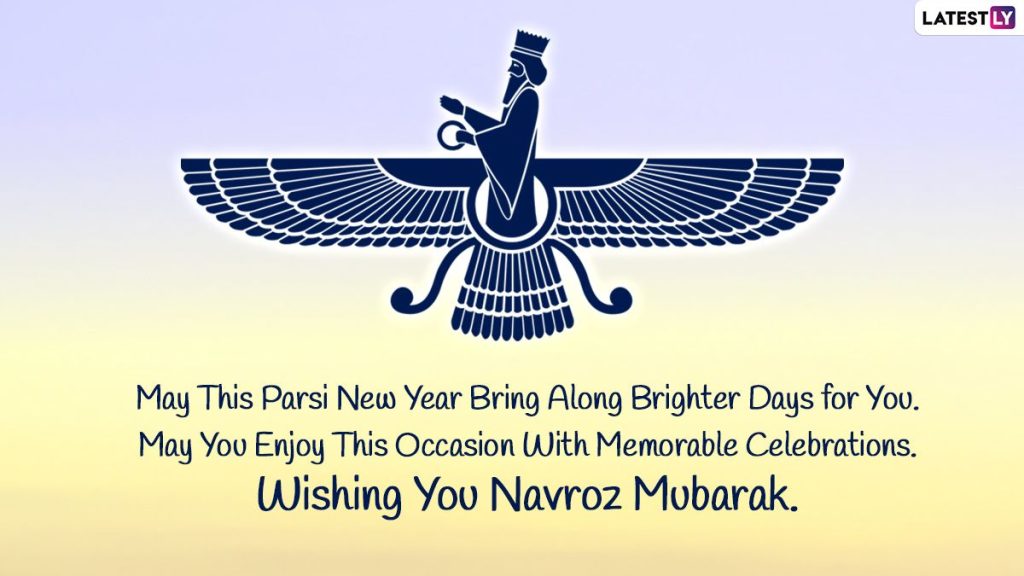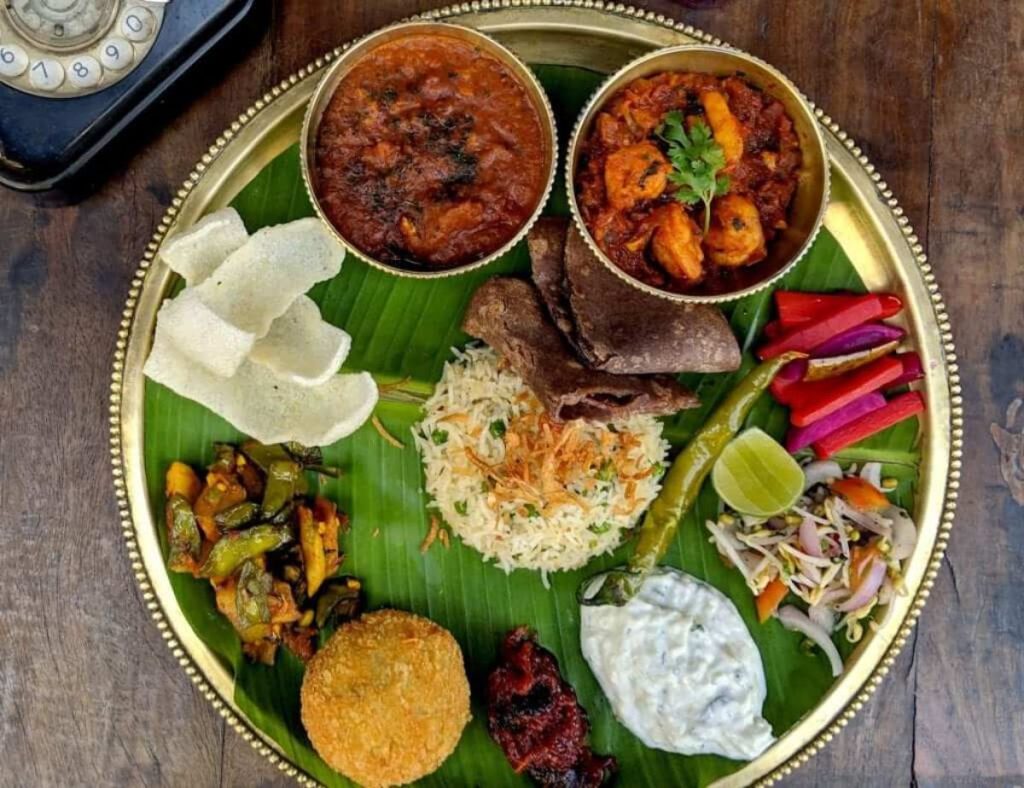What is NavRoz?
Indian Parsis celebrate Nowruz, which is the Persian New Year, and it is known as “Navroz” in India. The celebration of Navroz among Indian Parsis has its roots in the Zoroastrian tradition of ancient Persia, and it is celebrated as a cultural and social festival.

Nowruz is a Persian festival that marks the beginning of the new year and the start of spring. It is celebrated on the spring equinox, which usually falls on March 20th or 21st. Nowruz is a combination of two Persian words, “now” meaning new, and “ruz” meaning day. Thus, Nowruz means “new day.”
Where is Nowruz from?
The origins of Nowruz can be traced back to ancient Persia and Zoroastrianism, which was the dominant religion of the region before the arrival of Islam.
Why are they in India?
Zoroastrians, also known as Parsis, have a significant presence in India, particularly in Mumbai and Gujarat. The arrival of Zoroastrians in India can be traced back to ancient history and is attributed to historical events in Persia (present-day Iran). Here’s a brief overview of why and how Zoroastrians came to India:
- Persecution in Persia: Zoroastrianism is one of the world’s oldest monotheistic religions, founded by the prophet Zarathustra (Zoroaster) in ancient Persia around the 6th or 7th century BCE. For several centuries, Zoroastrianism was the dominant religion in the region. However, during the 7th century CE, Persia was conquered by Arab forces, and Islam became the dominant religion. Zoroastrians faced religious persecution under Islamic rule, which led to a mass exodus from Persia.
- Arrival in India: Seeking refuge from religious persecution, a group of Zoroastrians fled Persia and set sail to various regions to find safe havens. One of these groups landed on the western coast of India in the state of Gujarat around the 8th or 10th century CE. They settled in the town of Sanjan and sought permission from the local king to stay in India.
- The Sanjan Agreement: The Zoroastrian immigrants, led by their priest and spiritual leader, Dasturji Kaus, approached the local king, Jadi Rana, seeking permission to settle in Sanjan. The king, being cautious about accepting foreigners, presented a vessel filled with milk to symbolize that the land was already full and could not accommodate more people. The wise Zoroastrian priest added a pinch of sugar to the milk, signifying that they would blend harmoniously with the existing population. Impressed by this gesture, the king granted them permission to settle, and this event is known as the “Sanjan Agreement”.
- Preservation of Identity: Over the centuries, the Parsis in India retained their distinct Zoroastrian identity and culture while assimilating with Indian society. They have made significant contributions to India’s economic, cultural, and social fabric. Parsis have been active in various fields, such as business, industry, education, and philanthropy.
Today, India is home to a vibrant Parsi community that continues to uphold their Zoroastrian beliefs and traditions. They have established fire temples for worship, and Zoroastrian practices, including the Tower of Silence for the disposal of the dead, are followed by some Parsis.
The Parsis in India have made lasting contributions to the country’s pluralistic and diverse society, and their presence is a testament to India’s tradition of providing refuge and acceptance to those seeking shelter and freedom from persecution.
When is Navroz or Nowruz?
The celebration of Navroz among Indian Parsis usually takes place in the month of March, and it is marked by a variety of customs and traditions. The celebrations usually begin a few days before the actual day of Navroz, and the preparations include cleaning and decorating the house, buying new clothes, and preparing special dishes.
What are the main traditions?
One of the main traditions of Navroz celebrations among Indian Parsis is the setting up of a Sofreh Haft Sin, which is a traditional table setting consisting of seven items that begin with the Persian letter “sin”. The seven items in the Sofreh Haft Sin include
- Sabzeh (wheat or lentil sprouts),
- Samanu (sweet pudding made from sprouted wheat),
- Senjed (dried fruit of the oleaster tree),
- Seer (garlic),
- Seeb (apple),
- Somāq (sumac berries), and
- Serkeh (vinegar).
- In addition to these seven items, other items such as coins, candles, may also be included in the Sofreh Haft Sin.

Apart from the Sofreh Haft Sin, other customs and traditions observed by Indian Parsis during Navroz celebrations include visiting friends and family, exchanging gifts, and enjoying traditional Parsi dishes such as Sali boti (a meat dish with potato straws), Dhansak (a lentil and meat stew), and Ravo (a sweet dish made with vermicelli and nuts).
Overall, Navroz celebrations among Indian Parsis are marked by joyous and festive gatherings with family and friends, and it is an important occasion for preserving and celebrating their cultural heritage.
Other New Year Festivals of India:
Ugadi | Gudi Padwa |Baisakhi | Pana Sankranti
Vishu |Pohela Boishakh | Puthandu | Bihu
Other New year festivals in SE Asia:
